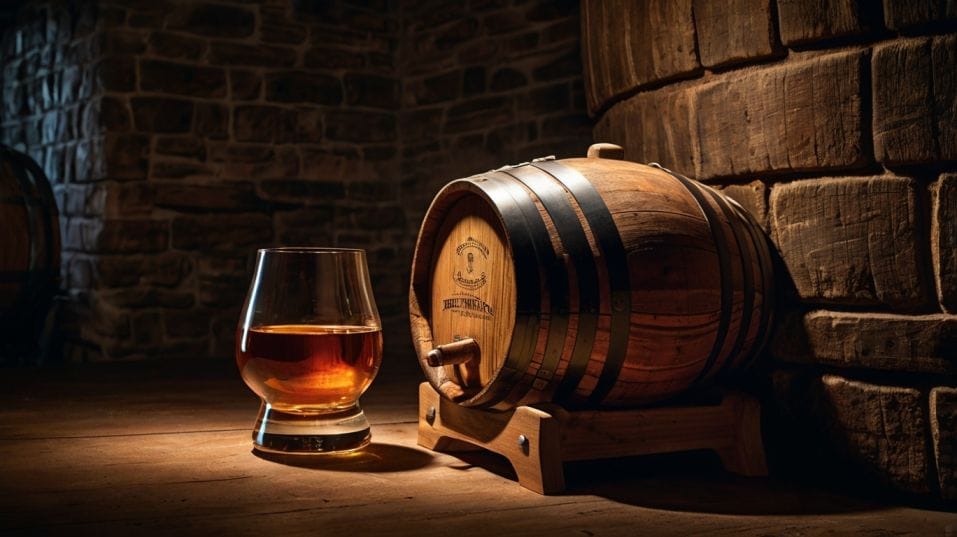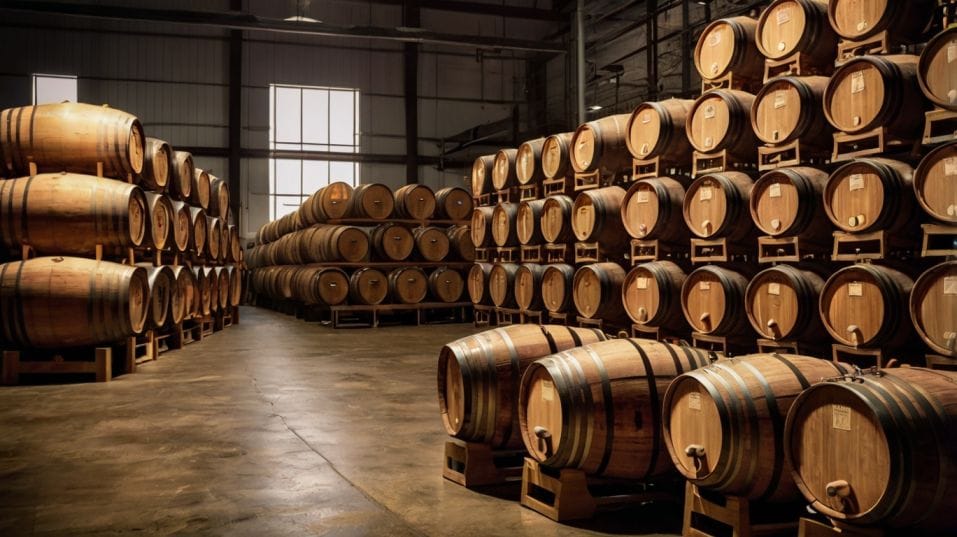What ‘Single Cask’ Really Means for Collectors
Curious about single cask whiskey? Learn what it really means, why it matters, and how to taste, collect, and buy with confidence.

What if one bottle could teach you more about whiskey than a dozen tastings? For newcomers curious about flavor, collecting, or just drinking better, “single cask” isn’t just a fancy phrase—it’s a direct line to how whiskey really works.
No blends. No buffers. Just one cask, one moment, one unfiltered experience. Learning what that means—and why it matters—can level up your palate and turn your curiosity into confident collecting.
What a Single Cask Actually Is
Let’s clear the smoke right away. A single cask whiskey—sometimes called a single barrel—is drawn entirely from one aging barrel. That’s it. No blending, no marrying with other casks to round out the flavor. One cask. One voice. One shot.
Contrast that with standard releases, which are usually made by blending many casks together to hit a consistent flavor target year after year.
That’s great for familiarity and scale, but it sands down the highs and lows. It’s like producing an album by smoothing every song into one average track.
Single cask releases are the opposite of that. They’re raw. They’re inconsistent. They’re vulnerable. But when you hit a good one, it hits hard—because there’s nothing diluting its character.
You’re drinking whiskey as it exists in one specific, unrepeatable moment in time. And that moment matters.

Why It Matters to You—Flavor First
Single cask whiskey isn't just about scarcity or collectibility. It's a training ground. When you drink from one barrel, every element of that cask’s life is laid bare.
Learning to Taste Deeply
The type of wood. The char level. The warehouse it sat in. The microclimate of that exact spot on the rack.
Even the original spirit—what distillers call the new make—will come through more clearly. There's no safety net of other casks to balance out its extremes.
If you're developing your palate, this is invaluable. Single casks teach you to taste differences—not just whether something is good or bad, but why it's vibrant, flat, tannic, spicy, lush, or dry.
You start noticing the tension between sweetness and oak. You feel the grip of tannins from a tight-grained European cask or the mellow richness of a well-used American hogshead.
Tuning into Personal Preference
Over time, you start developing preferences. Not for brands, but for styles. Maybe you love refill sherry casks with some age. Maybe you chase bourbon-matured malt from coastal distilleries.
Maybe you're drawn to high-proof bottlings that haven't been chill-filtered. That’s the kind of palate awareness that separates casual drinkers from confident collectors.
The Risk—and Reward—of Unblended Whiskey
Drinking single cask whiskey is not about chasing perfection. It’s about experiencing the real range of what whiskey can be. Some casks are stunning. Others are wild or even flawed. That unpredictability is the point.
You’re not buying consistency—you’re buying honesty. And that’s what makes single cask bottles so rewarding. When you find one that speaks to you, it’s like discovering an artist before anyone else hears the album.
There’s only one version of that flavor in the world. You found it. You understood it. That’s what collectors live for.
This risk-reward balance is why experienced tasters don’t rely on age statements or brand names alone. They want details. What kind of cask?
First-fill or refill? American oak or European? Warehouse number? Bottled at cask strength? Non-chill filtered? Every one of those factors helps you read the bottle like a map—leading you to the flavor before you ever pull the cork.
What to Look for—and What to Avoid
Not all single cask releases are equal. Some are hand-selected by distilleries with decades of barrel knowledge and an eye for flavor balance.
Others are sold to independent bottlers looking to move mediocre stock under the “single cask” banner.
Details Matter
Here’s what matters:
- Transparency: Reputable producers will tell you the cask number, cask type, fill date, bottling date, ABV, and whether it was chill-filtered or not. If the label is vague, you should be skeptical.
- Cask Strength: Many collectors favor single cask releases bottled at cask strength—meaning no dilution with water before bottling. This gives you the full impact of the barrel and lets you control dilution as you taste.
- Non-Chill Filtered: Chill filtering removes fatty acids and flavor compounds to prevent cloudiness in cold conditions. But it also strips out complexity. Most serious collectors seek out non-chill filtered bottlings for maximum flavor integrity.
- Provenance: Know who bottled it. A distillery-bottled single cask often means more control over quality. Independent bottlers vary—some have elite taste, others just buy what they can find. Follow reputations, not branding.
Develop Your Internal Compass
A smart collector develops an internal compass—one that can spot a promising label at a glance and ask the right questions before investing.
Building a Collection with Substance
Chasing single cask releases isn’t about filling shelves. It’s about collecting experiences. When you build a lineup of single casks, you’re not just gathering whiskey—you’re assembling a living library of flavor variation.
Discover Patterns Over Time
You start to track trends: how a distillery’s spirit interacts with different woods over time, how climate and warehouse location change the maturation curve, how older isn’t always better—but better is always better.
You can revisit similar cask types from different years or regions. You can pour side-by-sides of two 10-year-old whiskies—same distillery, same age, completely different casks—and learn more in one tasting than in a hundred marketing blurbs.
That’s when collecting becomes an education. And that education pays off. You’ll buy smarter, avoid filler bottles, and know exactly what you’re looking for before the next drop lands.
Final Thoughts
Single cask whiskey isn’t about chasing trophies. It’s about chasing truth—about flavor, about technique, about how whiskey really works.
If you want to drink better, collect smarter, and know what’s worth your time, start paying attention to single casks. Ask questions. Taste deeply. Write down what you experience. Don’t just buy what’s rare—buy what teaches you something.
So go find a bottle. Pour it. Study it. Learn from it. Then build your collection around what you actually enjoy—not what the market hypes.
Because the best collections aren’t just valuable. They’re personal, purposeful, and rooted in real experience. Start that collection today.




